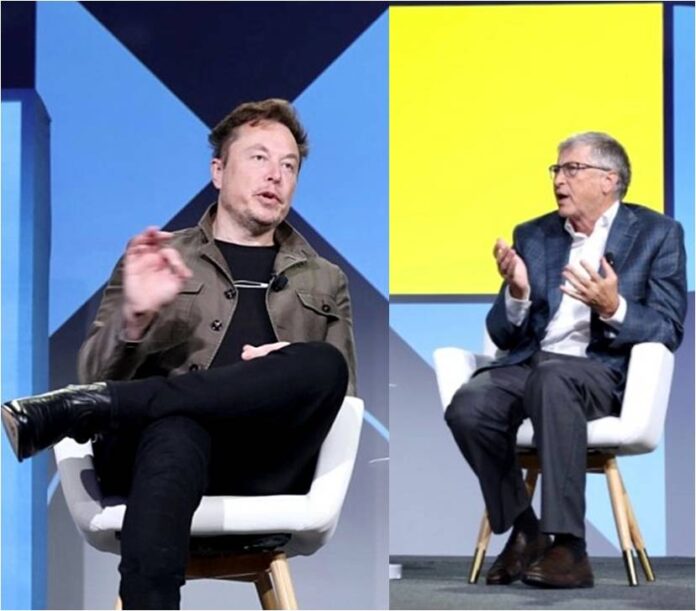
A successful transition to electrified transportation, the electric conversion of primary manufacturing industries, and a similar conversion for lighting, heating and cooling buildings and homes means changes from the endpoint of grids to centres of power generation.
At a recent Edison Electric Institute (EEI) conference, keynote speakers Bill Gates and Elon Musk described their visions of mass electrification. With today’s energy demands being met by a combination of electricity from renewable and non-renewable sources, and the balance coming from fossil fuels for industrial and heating uses, Musk told the conference attendees that only a tripling of sustainable electricity will produce a successful low-carbon future.
Musk has called for adding renewable energy sources en masse to the grid, more electric vehicles, heat pumps in buildings and homes, and hydrogen used in manufacturing and for airplanes and ships. This he calls the future of a “sustainable energy civilization.” To back up renewable energy he envisions increasing the world’s energy storage capacity by 240 Terrawatt-hours (Twhs) just for the United States alone.
Bill Gates also sees a very different grid from the one presently in place. Gates has been writing about modernizing the power grid, noting that most of the current transmission and distribution infrastructure dates back to the 1950s to 1970s. He describes the current state of the grid as being past its 50-year best-before date. He also notes that the grid’s power sources in the current model are located far away from where optimal renewable energy capacity exists. The places where the sun shines the most and where the winds blow best are not where the majority of nuclear, thermal, and hydroelectric power stations exist today.
Gates has been investing in next-generation power projects including nuclear reactors of both the fission and fusion type. One of his pet projects is TerraPower’s Natrium demonstration project in Wyoming which is expected to begin operating in 2030.
His Breakthrough Energy Fund is backing fusion power demonstration plants and envisions many fusion reactors being built that will feed electricity to grids across the planet for the next 10 million years.
Gates used different numbers than Musk in his EEI discussion. He forecasted global electrical power generation capacity to grow from 6 to 20 Twhs to bring the entire planet on a level playing field with the Western countries of the Global North. The difference in capacity forecasts between the two is that Musk only was talking about energy storage which needs to exceed the total sum of power generation capacity.
What the two didn’t talk about which surprised me, particularly referring to Musk, was the potential to generate energy from space that could either feed into future grids or bypass them entirely in a fully distributed model should the current work being done at Caltech succeed.
Space-based solar arrays that convert electricity to microwaves or lasers connected to on-the-ground receivers feeding the grid is one technology option. The other would be a point-to-point technology that uses a constellation of small solar power-generating satellites forming a mesh space power delivery system converting light energy to microwaves to connect directly to receivers in homes and businesses. This would resemble the current Starlink telecommunications network that uses a constellation of satellites to provide global telephone and data feeds.
A point-to-point system would bypass power grids which would only be needed for backup. This could reduce the need for an enormous ramp-up of grid infrastructure and would serve to democratize energy for all on the planet.








